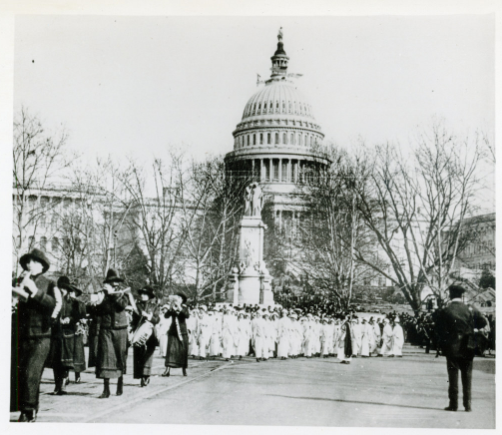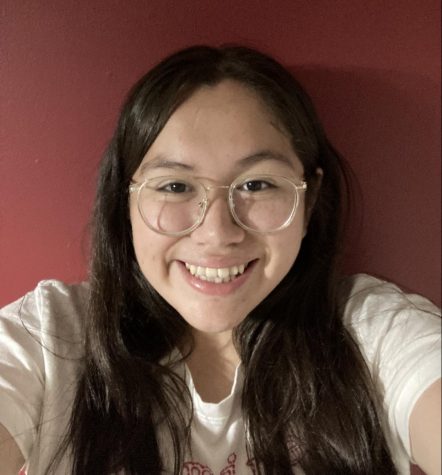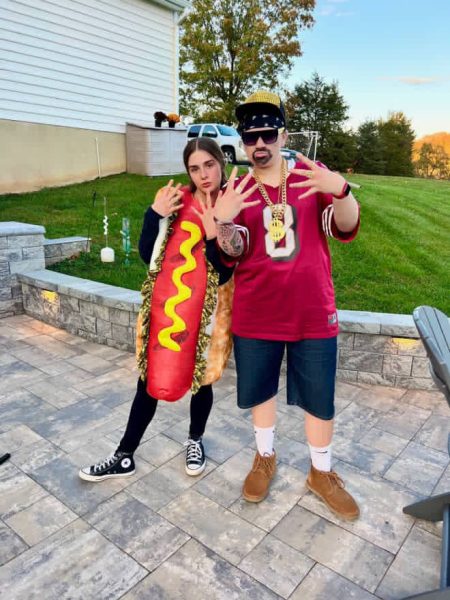100th Anniversary Year of Women’s Suffrage

Women marching for the right to vote on Pennsylvania Avenue NW, around March 1913.
The fight for women’s suffrage started long before the 19th Amendment, giving women the right to vote, was ratified in 1920—this year marking the amendment’s 100th anniversary. Although a century ago, the results of passing the amendment still greatly affect the results of each presidential election.
In 1840, Elizabeth Cady Staton and Lucretia Mott tried to attend the World Anit-Slavery Convention held in London but were denied entry because they were women. This prompted them to host the first National Woman’s Rights Convention. The convention was held in Seneca Falls, New York, in 1848 where attendees discussed equality among women and men.
The attendees shared their thoughts in the “Declaration of Sentiments,” a document that was written to parallel the “Declaration of Independence.” The document had 68 women’s and 32 men’s signatures, including abolitionist Frederick Douglass. However, some retracted their signature after receiving public ridicule.
In 1854, Washington state tried to pass a bill that would give women the right to vote but failed. As did Nebraska two years later in 1856. Then in 1869, Dakota was only one vote off from granting women suffrage. Finally, in 1869 Wyoming became the first to successfully give women the right to vote.
In 1869, the National Woman’s Suffrage Association (NWSA) was founded by Elizabeth Cady Stanton and Susan B. Anthony. The NWSA fought to make it easier for women to file for divorce, end unequal pay between men and women and end inequity put in place by the Fourteenth and Fifteenth Amendment.
The other movement, American Woman Suffrage Association (AWSA), was founded by Lucy Stone, also in 1869. AWSA fought state by state for women’s right to vote.
In 1890, after 21 years of separation, the two groups joined together, creating the National American Woman Suffrage Association (NAWSA) led by Elizabeth Cady Stanton. The strategy was to recruit as many people as possible, and by 1912, nine western states had successfully passed a women suffrage legislation.
Starting in 1900 and spanning four years, NAWSA created and implemented the “society plan,” recruiting, according to the Britannica Encyclopedia “college-educated, privileged, and politically influential members.”
The “winning plan” was a four-part strategy. Step one, women in states were allowed to vote in presidential elections and would work to pass a federal suffrage amendment. Step two, women who thought they could amend their constitution would insist on a public vote. Step three, the majority of states would push for presidential suffrage. Step four, southern states would go for primary voting.
When the women’s suffrage movement reached its momentum, World War I (WWI) started. Due to the war, the campaign was no longer as important to many people, but it allowed for important advancements.
As the USA joined the war, women began taking on roles that were considered “men’s.” After WWI ended, the women’s suffrage movement started up again. After seeing the importance of women during the war, many people wanted to give women the right to vote, including former President Woodrow Wilson.
On May 19, 1919, the House of Representatives would pass the Nineteenth Amendment, and two weeks later, the Senate would pass it as well. In June, of the same year, it was ratified by Congress.
Throughout the following year, 35 states would approve it. On Aug. 26, 1920, Tennessee became the 36th state to ratify the amendment, making two-thirds of all states, adding the nineteenth Amendment to the constitution. On Nov. 2, 1920, more than eight million women all across the U.S. voted.
However, the fight for universal women’s suffrage didn’t stop there. White women had the right to vote, but the African American, LatinX, Asian and Native American communities still had restrictions, prohibiting them from voting freely.
It took 13 more years until the repeal of the Chinese Exclusion Act in 1943, allowing Chinese immigrants to get citizenship and vote. Native Americans had to wait four years more, until the Indian Citizenship Act would be passed, granting Native Americans full citizenship and voting rights. For Asians, it wouldn’t be until 1952, when the McCarran-Walter Act permitted Asian Americans to get citizenship and the right to vote. For African Americans it wouldn’t be until 1965 when the Voting Rights Act prohibited discriminatory rules keeping people of color from voting freely.
Aug. 26 still stands as an important day for women and U.S. history. From that day forward, the right to vote would no longer be determined by gender on a national level. This event altered the results of later elections drastically. Women have come so far from the 1920, when the thought of allowing women the right to vote was still up to debate. To skip forward exactly 100 years and there is a woman on the vice presidential balad, and a year before a woman on the presidential balad.
Thanks for reading The Falconer. We're happy to provide you with award-winning student journalism since 1963, free from bias, conflicts of interest, and paywalls. We're able to continue with the generous support of our local community. If you're able, please consider making a donation. Any amount is incredibly helpful and allows us to pursue new and exciting opportunities.

Hello! My name is Sarita, but I also go by Sara. This is my second year writing for The Falconer, which I'm very excited about. I love consuming stories...





